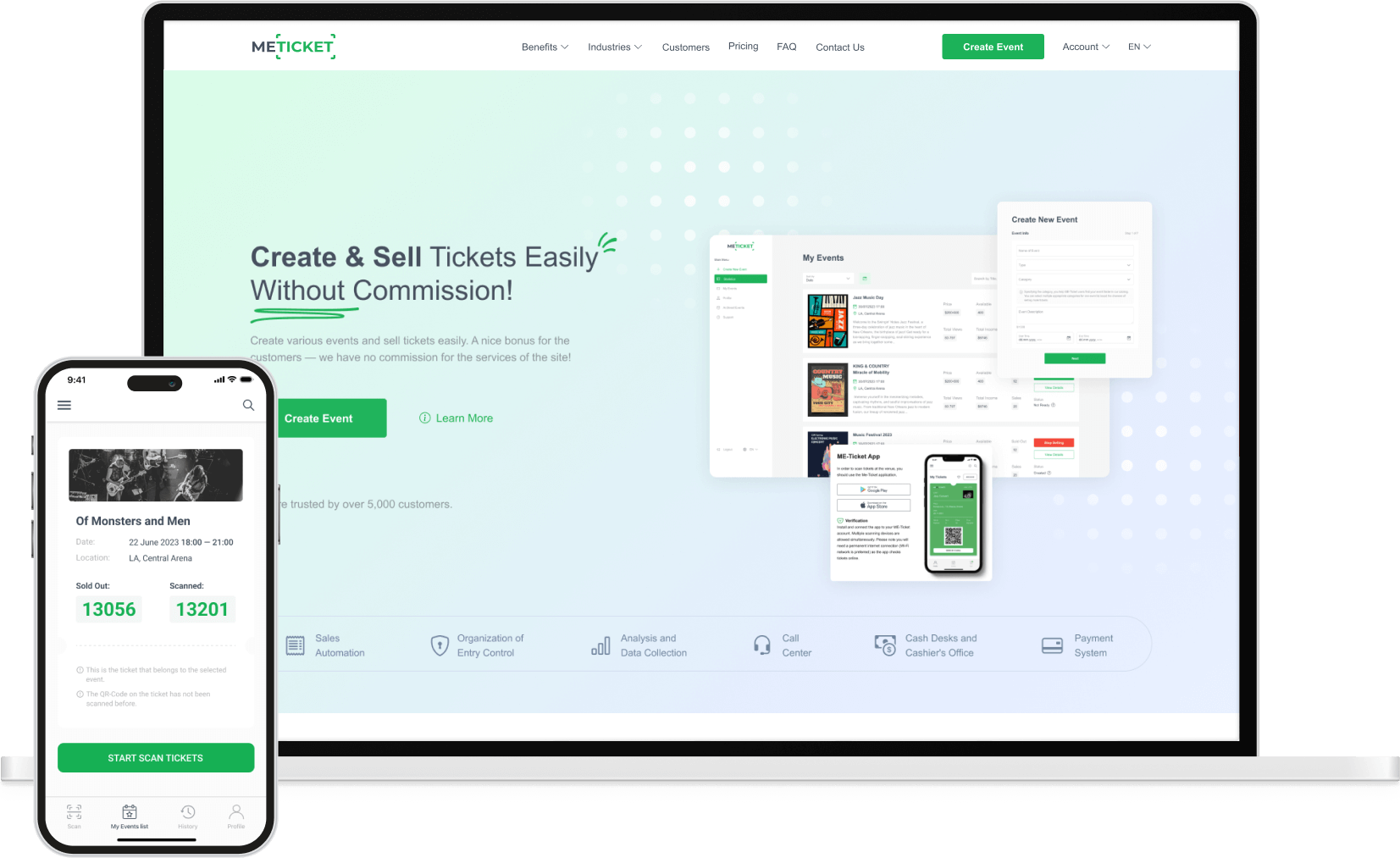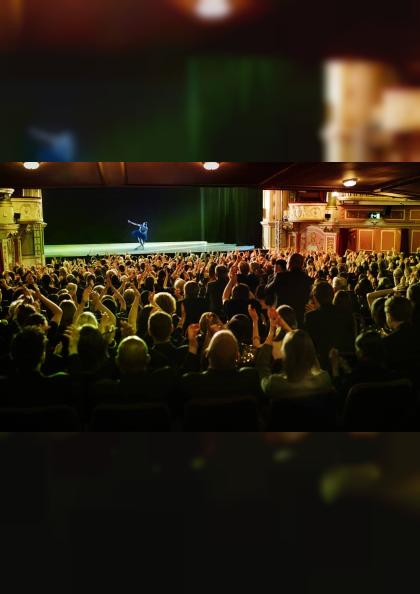Dressing for Success: Navigating Office Dress Codes
In the professional world, dre respect for the workplacessing appropriately is not just about fashion; it's a reflection of your competence and. Office dress codes vary widely, and understanding and adhering to them is key to making a positive impression. In this article, we'll explore the nuances of office dress codes and offer guidance on how to navigate them, ensuring you project the right image in your workplace.
Dressing for Success: Navigating Office Dress Codes
In the professional world, dre respect for the workplacessing appropriately is not just about fashion; it's a reflection of your competence and. Office dress codes vary widely, and understanding and adhering to them is key to making a positive impression. In this article, we'll explore the nuances of office dress codes and offer guidance on how to navigate them, ensuring you project the right image in your workplace.


Deciphering Office Dress Codes
Understanding the expectations of your workplace dress code is the first step to dressing for success.
Business Formal
Business formal attire is the most traditional and conservative of dress codes. In such environments, suits are the norm. Men should wear dark suits, dress shirts, and conservative ties. Women should opt for tailored pantsuits, knee-length skirts, or sheath dresses with closed-toe shoes.
Business Professional
Slightly less formal than business formal, this dress code allows for a bit more flexibility. Men can wear a blazer and slacks with a dress shirt and tie. Women have the option to wear a dress, a skirt with a blouse, or a pantsuit. Conservative colors and styles are still favored.
Deciphering Office Dress Codes
Understanding the expectations of your workplace dress code is the first step to dressing for success.
Business Formal
Business formal attire is the most traditional and conservative of dress codes. In such environments, suits are the norm. Men should wear dark suits, dress shirts, and conservative ties. Women should opt for tailored pantsuits, knee-length skirts, or sheath dresses with closed-toe shoes.
Business Professional
Slightly less formal than business formal, this dress code allows for a bit more flexibility. Men can wear a blazer and slacks with a dress shirt and tie. Women have the option to wear a dress, a skirt with a blouse, or a pantsuit. Conservative colors and styles are still favored.
Business Casual
Business casual is a more relaxed dress code that allows for a mix of professional and comfortable attire. Men can wear dress slacks with a button-down shirt, while women can opt for slacks, blouses, or conservative dresses. Jackets and ties are usually not required.
Casual Dress Code
Some offices have a casual dress code that permits employees to wear jeans, T-shirts, and sneakers. However, even in a casual setting, it's important to maintain a level of professionalism and avoid overly distressed or revealing clothing.
Dressing for Success in a Conservative Environment
In business formal and professional settings, a conservative approach is essential.
Suits and Accessories
For men, investing in high-quality suits and classic accessories like ties and dress shoes is paramount. Women should opt for well-tailored suits, sheath dresses, and closed-toe shoes. Choose neutral colors like black, navy, or gray for a timeless look.
Appropriate Lengths and Necklines
In conservative workplaces, it's crucial to ensure dresses and skirts are knee-length or longer, and necklines are not too revealing. Modesty is key.
Subtle Patterns and Colors
While you can express your style through subtle patterns and colors, avoid overly bold or flashy attire. Stick to classic, conservative patterns and shades.
Dressing for Success in a Business Casual Environment
In a business casual setting, you have a bit more flexibility, but professionalism remains a priority.
Mixing and Matching
In business casual environments, you can mix and match slacks, blouses, and accessories to create a polished look. Blazers are optional, and you can experiment with patterns and colors.
Comfortable yet Professional Shoes
Opt for comfortable yet professional shoes, like loafers or low-heeled pumps. Avoid sneakers and flip-flops.
Casual Fridays and Beyond
Some offices have "casual Fridays" where you can wear jeans. Even in a more relaxed environment, keep your appearance neat and professional. Pair jeans with a blouse or collared shirt.
Business Casual
Business casual is a more relaxed dress code that allows for a mix of professional and comfortable attire. Men can wear dress slacks with a button-down shirt, while women can opt for slacks, blouses, or conservative dresses. Jackets and ties are usually not required.
Casual Dress Code
Some offices have a casual dress code that permits employees to wear jeans, T-shirts, and sneakers. However, even in a casual setting, it's important to maintain a level of professionalism and avoid overly distressed or revealing clothing.
Dressing for Success in a Conservative Environment
In business formal and professional settings, a conservative approach is essential.
Suits and Accessories
For men, investing in high-quality suits and classic accessories like ties and dress shoes is paramount. Women should opt for well-tailored suits, sheath dresses, and closed-toe shoes. Choose neutral colors like black, navy, or gray for a timeless look.
Appropriate Lengths and Necklines
In conservative workplaces, it's crucial to ensure dresses and skirts are knee-length or longer, and necklines are not too revealing. Modesty is key.
Subtle Patterns and Colors
While you can express your style through subtle patterns and colors, avoid overly bold or flashy attire. Stick to classic, conservative patterns and shades.
Dressing for Success in a Business Casual Environment
In a business casual setting, you have a bit more flexibility, but professionalism remains a priority.
Mixing and Matching
In business casual environments, you can mix and match slacks, blouses, and accessories to create a polished look. Blazers are optional, and you can experiment with patterns and colors.
Comfortable yet Professional Shoes
Opt for comfortable yet professional shoes, like loafers or low-heeled pumps. Avoid sneakers and flip-flops.
Casual Fridays and Beyond
Some offices have "casual Fridays" where you can wear jeans. Even in a more relaxed environment, keep your appearance neat and professional. Pair jeans with a blouse or collared shirt.
Personal Grooming and Hygiene
No matter the dress code, personal grooming is a universal element of dressing for success.
Maintain Personal Hygiene
Maintaining personal hygiene is paramount. Ensure you are well-groomed, with clean hair, nails, and teeth.
Perfume and Cologne
Avoid overpowering scents. Choose subtle fragrances, or better yet, skip them altogether in the workplace, as some people may have allergies or sensitivities.
Personal Grooming and Hygiene
No matter the dress code, personal grooming is a universal element of dressing for success.
Maintain Personal Hygiene
Maintaining personal hygiene is paramount. Ensure you are well-groomed, with clean hair, nails, and teeth.
Perfume and Cologne
Avoid overpowering scents. Choose subtle fragrances, or better yet, skip them altogether in the workplace, as some people may have allergies or sensitivities.


Adapting to Company Culture
Company culture can influence dress code expectations.
Observing Colleagues
Observe how your colleagues dress, especially those in higher positions. They can serve as valuable guides for what is considered appropriate.
Seeking Guidance
If you're uncertain about the dress code, don't hesitate to seek guidance from HR or a trusted colleague. It's better to ask and ensure you're dressing appropriately than to guess and potentially make a fashion faux pas.
Dressing the Part
Dressing for success in the workplace is not just about following a set of rules; it's about projecting professionalism, respect, and competence. Your attire should align with your office's dress code, but it should also reflect your personal style. By understanding the expectations of your workplace, choosing appropriate attire, and maintaining personal grooming and hygiene, you can confidently navigate the nuances of office dress codes and make a positive and lasting impression.
Adapting to Company Culture
Company culture can influence dress code expectations.
Observing Colleagues
Observe how your colleagues dress, especially those in higher positions. They can serve as valuable guides for what is considered appropriate.
Seeking Guidance
If you're uncertain about the dress code, don't hesitate to seek guidance from HR or a trusted colleague. It's better to ask and ensure you're dressing appropriately than to guess and potentially make a fashion faux pas.
Dressing the Part
Dressing for success in the workplace is not just about following a set of rules; it's about projecting professionalism, respect, and competence. Your attire should align with your office's dress code, but it should also reflect your personal style. By understanding the expectations of your workplace, choosing appropriate attire, and maintaining personal grooming and hygiene, you can confidently navigate the nuances of office dress codes and make a positive and lasting impression.






























